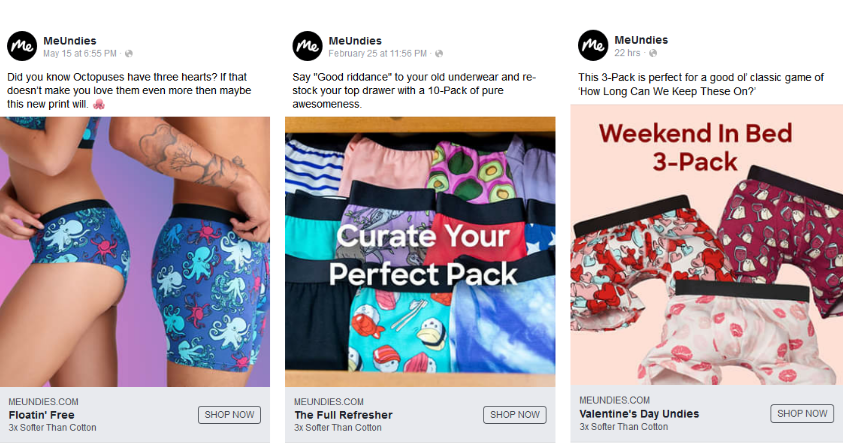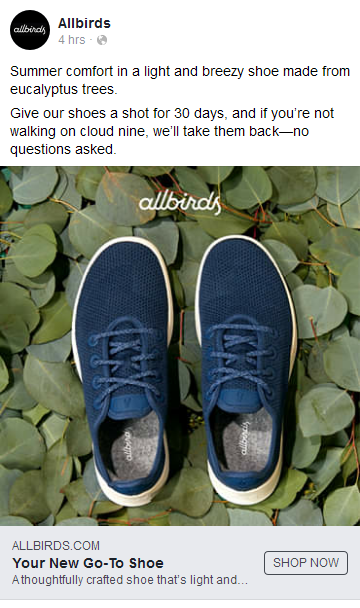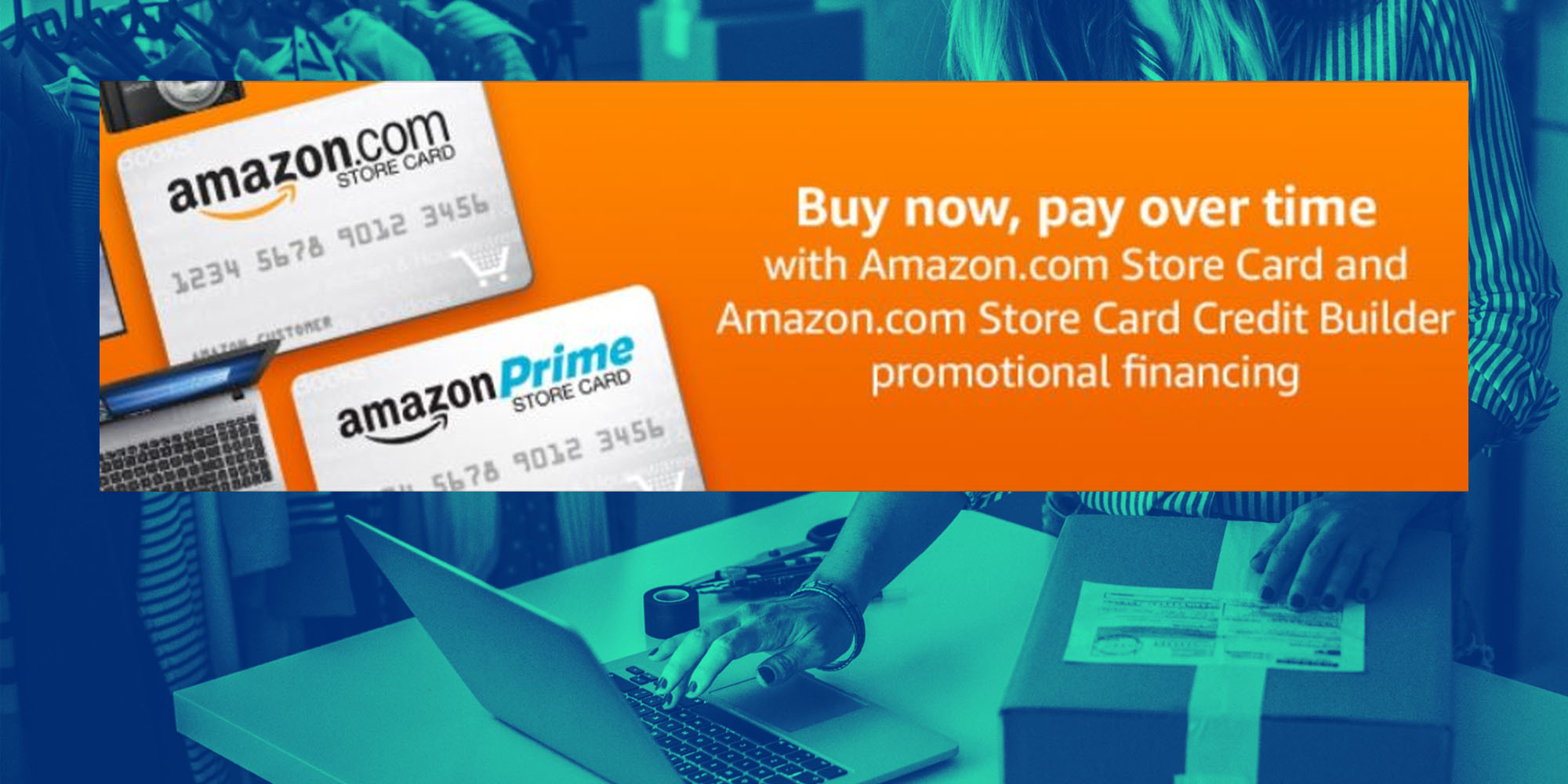[Guest post]: D2C leaderboard: The direct-to-consumer brands owning digital advertising
The interaction between retailers and consumers has greatly evolved in the last 30 years. Before the age of the internet, physical stores were a requirement for retailers looking to showcase physical products to customers. Then, as Americans flocked to buy personal desktop computers and Wi-Fi enabled cell phones in the early aughts, ecommerce began to grow wildly. This fast proliferation of connected technologies has paved the way for Direct to Consumer (D2C) brands to dominate the online retail space.
Increasingly turning to digital advertising as a means of connecting to web-savvy consumers, D2C brands specifically have excelled in launching unique online advertising strategies fueled by their digital-first mentalities and often digitally native founders. In the case of many D2C products, the first time consumers receive their purchase is the first time they see and feel the product in real life, which makes creating compelling digital ads all the more crucial.
Now that we’re officially in the D2C craze, let’s dive into a few brands like Casper, MeUndies and Allbirds, who lead the pack with highly effective ad strategies.
Casper says boo to the D2C mattress industry
 In the four years since its launch, Casper has become a powerhouse. Despite an influx of competition in the D2C mattress space from less established brands like Purple, Tuft & Needle, Lull, Nectar, and more, Casper continues to lead the pack, in part due to its creative content marketing strategy.
In the four years since its launch, Casper has become a powerhouse. Despite an influx of competition in the D2C mattress space from less established brands like Purple, Tuft & Needle, Lull, Nectar, and more, Casper continues to lead the pack, in part due to its creative content marketing strategy.
Casper found massive growth through content production from blogs to videos, linking back to product pages to boost traffic and conversions. The brand’s Creatures of Comfort campaign, which launched in April, plays off consumers’ penchant for cuteness with a series of image-based and video posts featuring baby animals like bunnies, puppies, and porcupines curled up in their Casper beds. The subtext? If these adorable creatures like our mattresses, you will too. And in the era of dogs in the workplace and emotional support peacocks, this message clearly resonates with consumers.
The company has spent nearly $15 million on digital advertising this year alone, according to Pathmatics’ Explorer. The bulk of that (84 percent, or $12.4 million) Casper spent on paid social, which is another major tactic among D2C ad leaders.
MeUndies lounges on social
Loungewear brand MeUndies is another online-only company vying for consumers’ ever-approving virtual thumbs up on social. After a snafu in 2014 where Facebook continuously deleted MeUndies’ ads for being too risqué, the company went full-force with its ad campaigns to promote its apparel and accessories, including a soft-as-silk handkerchief for consumers’ four-legged friends.
The company has spent over $8.7 million on Facebook advertising since January 1, allocating less than 1% of their total digital budget to non-social channels. In comparison, competitor TomBoyX spent less than $3.7 million on social during the same period. Higher spending does not always equal better results, but MeUndies’ spend, along with its uniquely personalized approach sets them apart from other D2C apparel retailers.
From matching undies with your partner to a subscription model that brings your favorite, pre-chosen undie styles to your door each month, MeUndies does an excellent job with playful, colorful ads that are sure to catch social users’ eyes as they scroll. The lesson for marketers? Facebook ads rule –don’t forget it.

Allbirds’ advertising takes flight
 Established sneaker company Allbirds leverages a mix of social, display, and video posts for its ad strategy, but what sets them apart from others is their investment in programmatic advertising. The company is one of few D2C brands investing double digits in programmatic: 18 percent of its digital ad budget, per Pathmatics estimates. By comparison, Casper invests only six percent of its budget in programmatic; and MeUndies doesn’t buy ad space programmatically at all.
Established sneaker company Allbirds leverages a mix of social, display, and video posts for its ad strategy, but what sets them apart from others is their investment in programmatic advertising. The company is one of few D2C brands investing double digits in programmatic: 18 percent of its digital ad budget, per Pathmatics estimates. By comparison, Casper invests only six percent of its budget in programmatic; and MeUndies doesn’t buy ad space programmatically at all.
 The process of buying programmatic ads can be murky, which is why many companies have continued to lower their programmatic budgets to less than 10 percent of their total digital ad spend in recent years. However, this strategy can be quite fruitful for brands like Allbirds, which has a fairly broad audience to sell trendy, comfy sneakers to. While its Facebook ads feature Allbirds eco-friendliness (the company includes how its shoes are made from eucalyptus in most of its Facebook ad copy), its programmatic ad is much more neutral to appeal to a range of ages and personal styles.
The process of buying programmatic ads can be murky, which is why many companies have continued to lower their programmatic budgets to less than 10 percent of their total digital ad spend in recent years. However, this strategy can be quite fruitful for brands like Allbirds, which has a fairly broad audience to sell trendy, comfy sneakers to. While its Facebook ads feature Allbirds eco-friendliness (the company includes how its shoes are made from eucalyptus in most of its Facebook ad copy), its programmatic ad is much more neutral to appeal to a range of ages and personal styles.
The takeaway? Allbirds knows that ad differentiation is key. They invest in social, but haven’t forgotten about desktop display and video ads, and even programmatic methods, helping to ensure all the relevant eyeballs stay fixed on their brand.
Online has become the brick-and-mortar showcase for D2C
Digital advertising has truly become D2C brands’ brick-and-mortar showcase, and to survive, these companies must have a strong strategy for their digital ad spend. For these scrappy brands, social is King, and will be for quite some time. But to really stand out, D2C brands and their competitors will need to understand – and dominate – the complete digital ad space to be among the greats.



